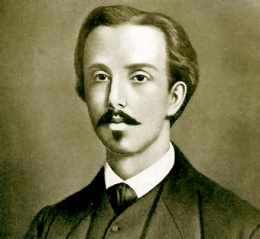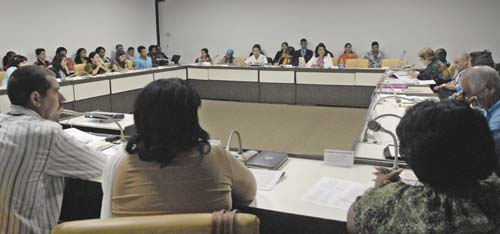What was so expressed as synthetic, given the nature of the document, summarizing the greatness of a man who had joined the revolutionary epic in November 1868 taking the concept very clear that to achieve the necessary independence to Cubans should wrest Spain with the edge of the machete.
Ignacio Agramonte was one of the architects of the Constitution and liberal – mambisa Guáimaro that was drafted in 1869. Carlos Manuel de Céspedes , President of that Republic in Arms, appointed on 26 April General of the Liberation Army . For his merits he held the head of the Third Army Corps which operated between Camagüey and Las Tunas.
In 1872 he assumed command of the rebel forces in Las Villas and maintains this province outside of regionalism and caudillos, which did so much damage to the contest 68.
Its imperative statement that before him no one could speak ill of President Carlos Manuel de Céspedes, when competitions were evident , as distinguished by their fidelity to the legally constituted government , beyond their own ideas, concepts and discrepancies.
Capable and intelligent, assessed that the insurrection would be prolonged, for which he designed for combat maneuvers consequences. Wearing the enemy troops by surprise attacks on their columns movements or operations, and assault the small garrisons where they remained. A comprehensive strategy to guerrilla warfare.
Camagüey cavalry organized many defeats he propinaron them to the Spanish troops. With this mounted force starred in the October 8, 1871, one of the most important feats of War 68, the rescue of Brigadier Julio Sanguily a feat of arms that fueled the minds of the combatants and aroused admiration even in the military peninsular.
The Mayor was beside great companions of battles, including his cousin, Dr. Eduardo Agramonte, author of the highlights mambisa trumpet, and the American Henry Reeve, known for The Englishman, who shared weapons in the battle of El Cocal , on May 7, 1873 .
Four days later, with the laurels of his victories by defeats asestadas to colonialist troops, the genius of the war in Camagüey fell killed in the woods near the creek Basulto in Jimaguayú.
The body of Ignacio Agramonte, held by the Spanish authorities, was burned and his ashes scattered in the wind, but before, the father Olallo , of the Order of St. John of God , in a ceremony that honored his ministry and his country, washed his body and prayed for him.
Agramonte had two great loves, who professed to his country, and he placed in Amalia Simoni . He loved her, as Marti said, with soul kiss. With her he had two sons, Ernesto and Herminia, who could not know.
On June 9, 1869 in the letter from Rio Seco, in full insurgent campaign, he wrote Ignacio your Amalia, this will require affectionate. \ “I am forming a squadron of cavalry to leave behind the Spanish cavalry Want it book will stand out first mambisito ? \ “.
It was this extraordinary patriotism manifested at every step and in every moment of its existence, the moral character trait found Máximo Gómez and distinguished himself in the Mayor. That condition Camagüey inspiring hero was the reason that led to the Dominican to think that, despite the death, the revolution in that part of the island was secured.
Translated by: Daysi Olano



